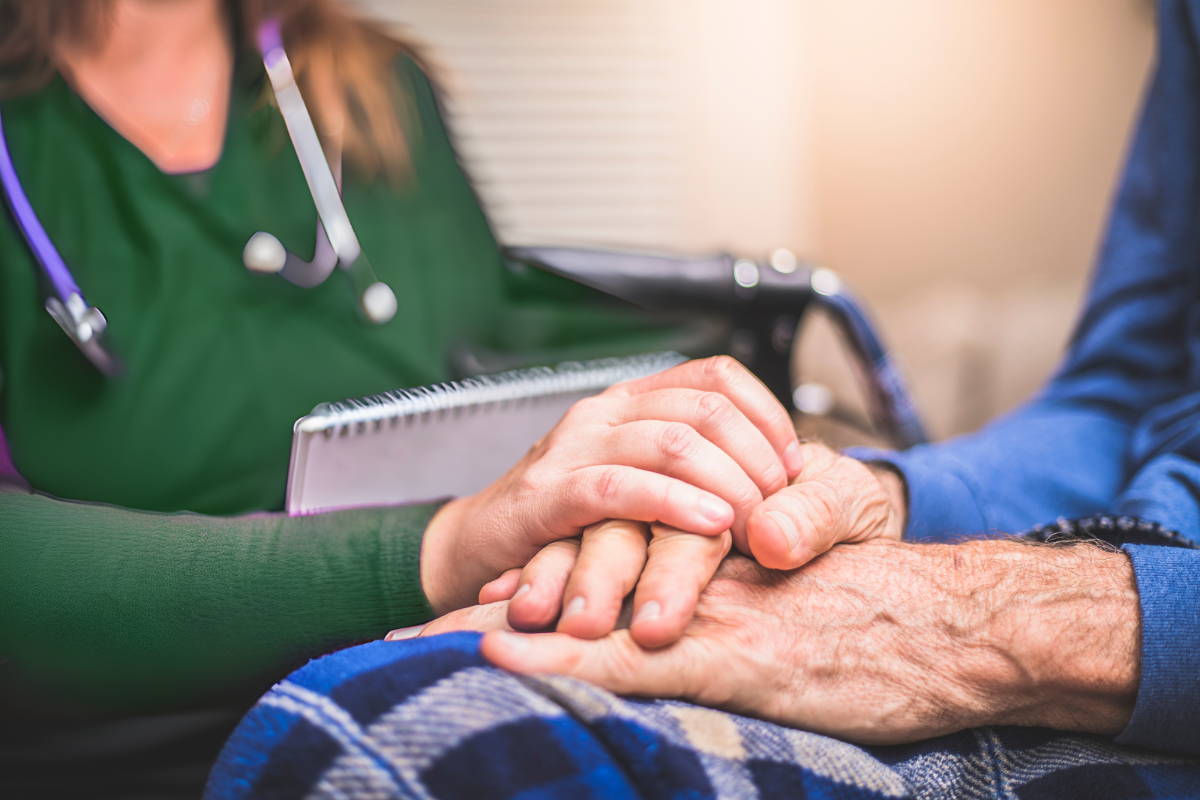How to Talk About a Loved One’s Illness on Social Media

Getting the news that a loved one has been diagnosed with a serious illness is never easy. Deciding when and how to tell others is yet another obstacle to overcome in that journey. Once a person becomes familiar with the medical terminology and comes to terms with the diagnosis themselves, it may be time to begin sharing this information with extended loved ones to keep them informed and expand the support system of the patient.
Luckily, social media is a useful tool for communicating important information to friends and family since most people are active on at least one social platform. Rather than making individual phone calls and text messages, social media posts can be used to share news and updates more efficiently.
The person sharing, however, should keep a few things in mind to ensure they are doing so both effectively and respectfully.

Get permission and input.
The first step of the sharing process should always be getting permission from the patient. Approach the topic with honesty and discuss the benefits of announcing the diagnosis on social media. Remember that respecting a patient’s wishes is always most important.
Be sure to listen to their thoughts and feelings throughout the process and respect their decision if they do not want to tell others. If they do give permission, be sure to include them in constructing the announcement so they feel in control of how their diagnosis is being shared. Always try to get final approval before posting.

Find an appropriate channel.
Once the patient has given their permission, the next step is to find an appropriate social media outlet. More often than not, Facebook is the best option due to its many useful features and ease of use. Not to mention that nearly 70% of U.S. adults use Facebook.
Loved ones can easily craft a status using their own profile if they wish to make the update accessible to everyone in their friends list. If they would like to be more selective about who is receiving the updates, the Messenger and Groups features are both great alternate options. Creating a group message thread or unique Facebook group for patient updates are simple ways to choose who specifically the patient is comfortable with being involved.
Even if many of the updates are happening in private message threads, don’t forget to keep the patient in the loop and continually ask for permission on what is being said. Be sure to keep the topics focused on the patient’s wellbeing.

Be direct and transparent.
When sharing sensitive information, it may be tempting to sugarcoat the reality of the situation. It’s crucial to be honest when sharing the news so the support network can accurately react, respond, and accept the diagnosis. Invite an open conversation to ensue around the facts and prognosis.
Be sure to include any and all appropriate information that the patient requests. Be upfront about what the diagnosis means and the plan of action for treatments or recovery. It may not always be necessary to update personal information on how the patient is emotionally handling the process, although it is up to them if they want to share that side with their loved ones. Sometimes being honest about the difficult parts can help encourage more support from other loved ones.

Prepare to respond.
Don’t go off the grid after notifying others of the diagnosis. The person sharing should be prepared for incoming comments and questions. Their discussion with the patient about what they’re comfortable sharing with others should inform how they will respond to comments and questions. They should continue to be open and honest if they receive a question that they don’t know the answer to.
The patient may be more comfortable with giving more details to a private group or message rather than a public status update. Either way, they should be informed on what specific way this information is being shared so they can decide how detailed they want the responses to be. They shouldn’t feel the need to respond to every single message and comment if it is overwhelming to the patient or the loved one replying on social media.
It’s always a nice touch to directly quote what the patient said in response to a question or comment. The loved one will probably enjoy the personal touch — especially if the patient is not on social media themselves and they are unable to talk directly to them.

Update often.
As time goes on, it’s important to keep loved ones up to date with the latest information on the diagnosis and treatment. Whether it’s good or bad news, keeping everyone in the loop will continue to strengthen that support system.
While oversharing on social media isn’t always helpful, establishing a healthy rhythm of updates can be. The immediacy of sending digital updates means everyone gets the same amount of information at the same time. A person can easily post updates after each doctor’s visit so that everyone is along for the journey together and they don’t have to face this challenge alone.
The learn how Crossroads Hospice & Palliative Care supports patients families of patients with chronic and life-limiting illnesses, give us a call at 1-888-564-3405.
If you found this information helpful, please share it with your network and community.
Copyright © 2020 Crossroads Hospice & Palliative Care. All rights reserved.




